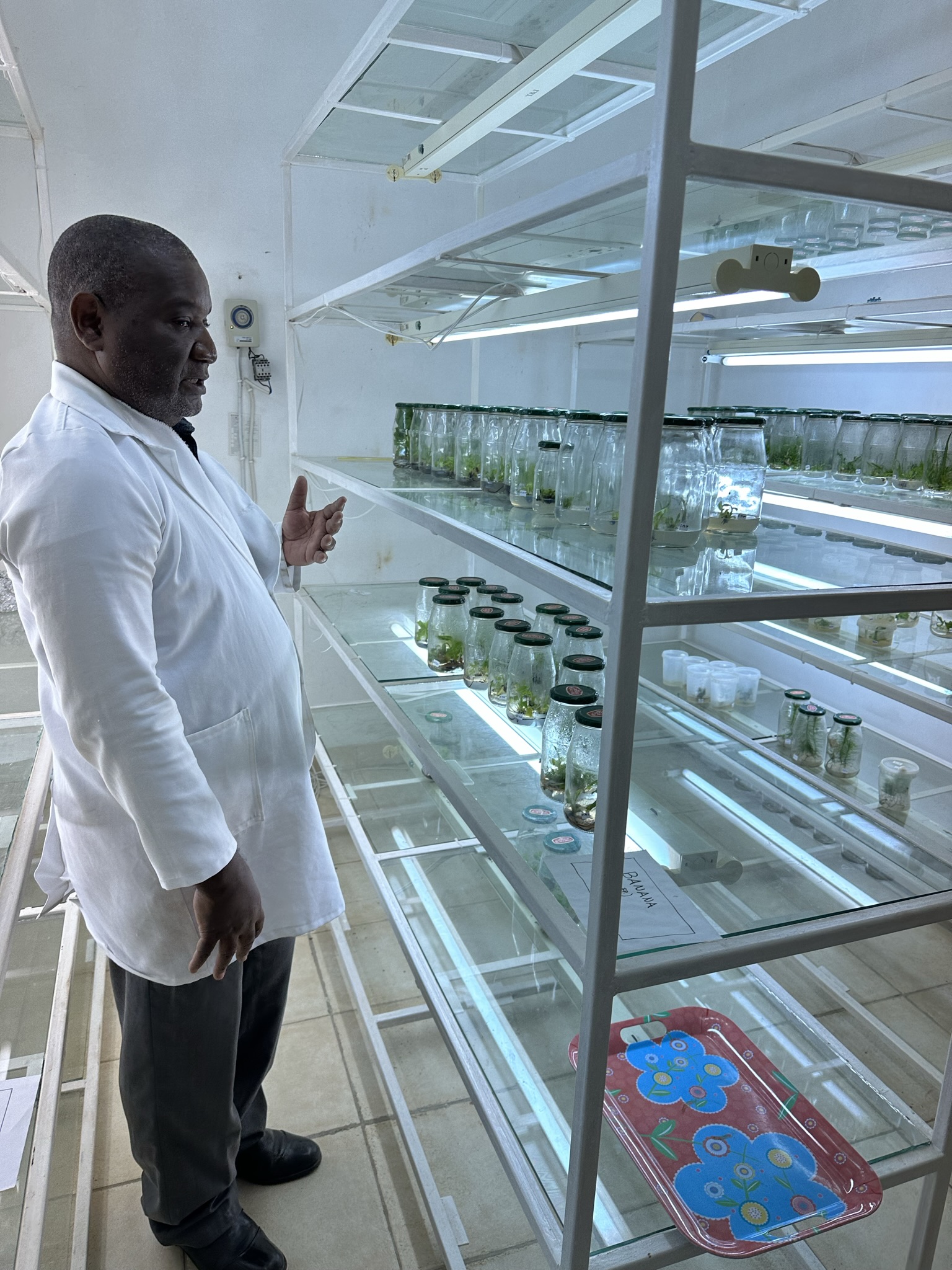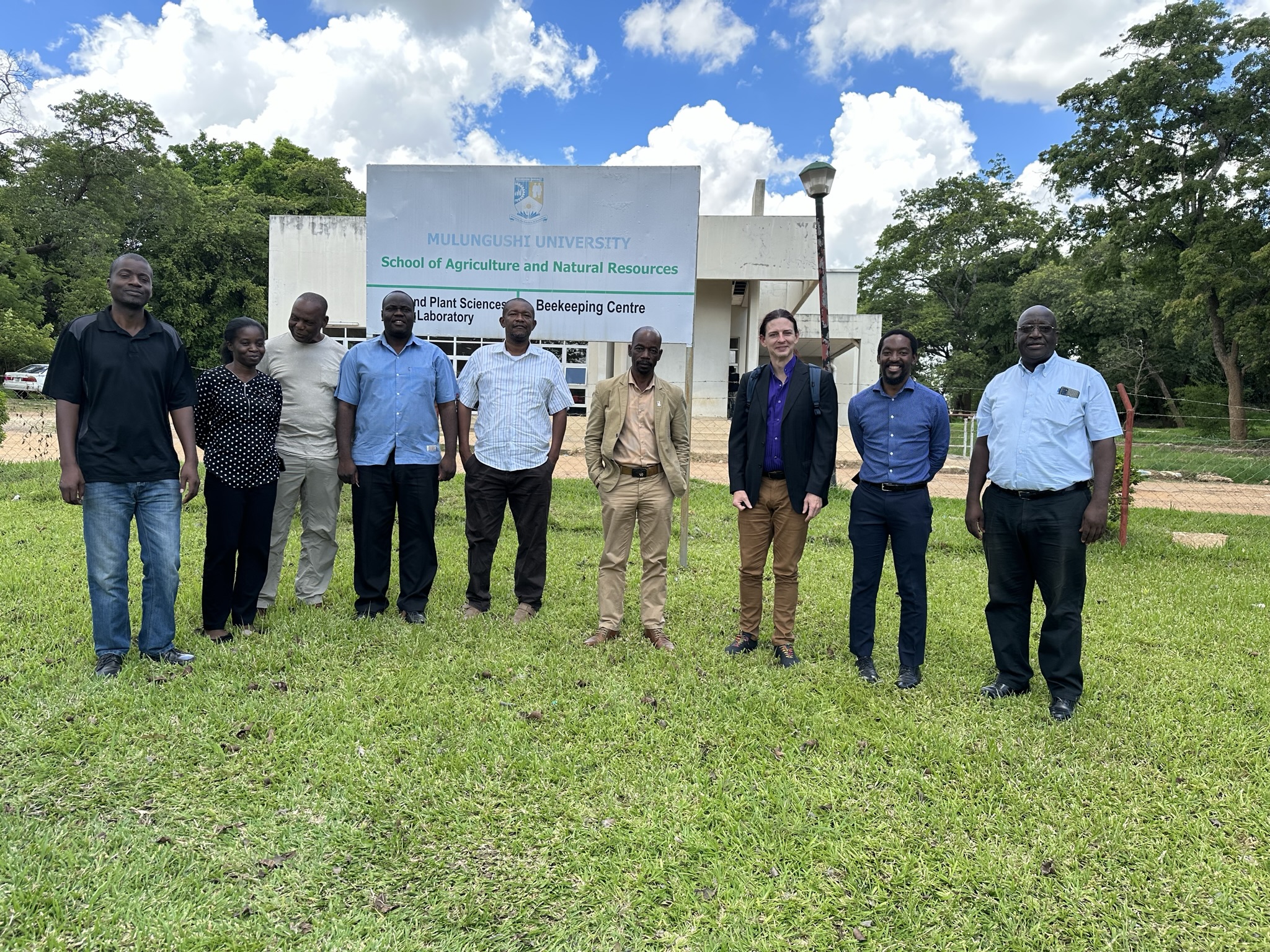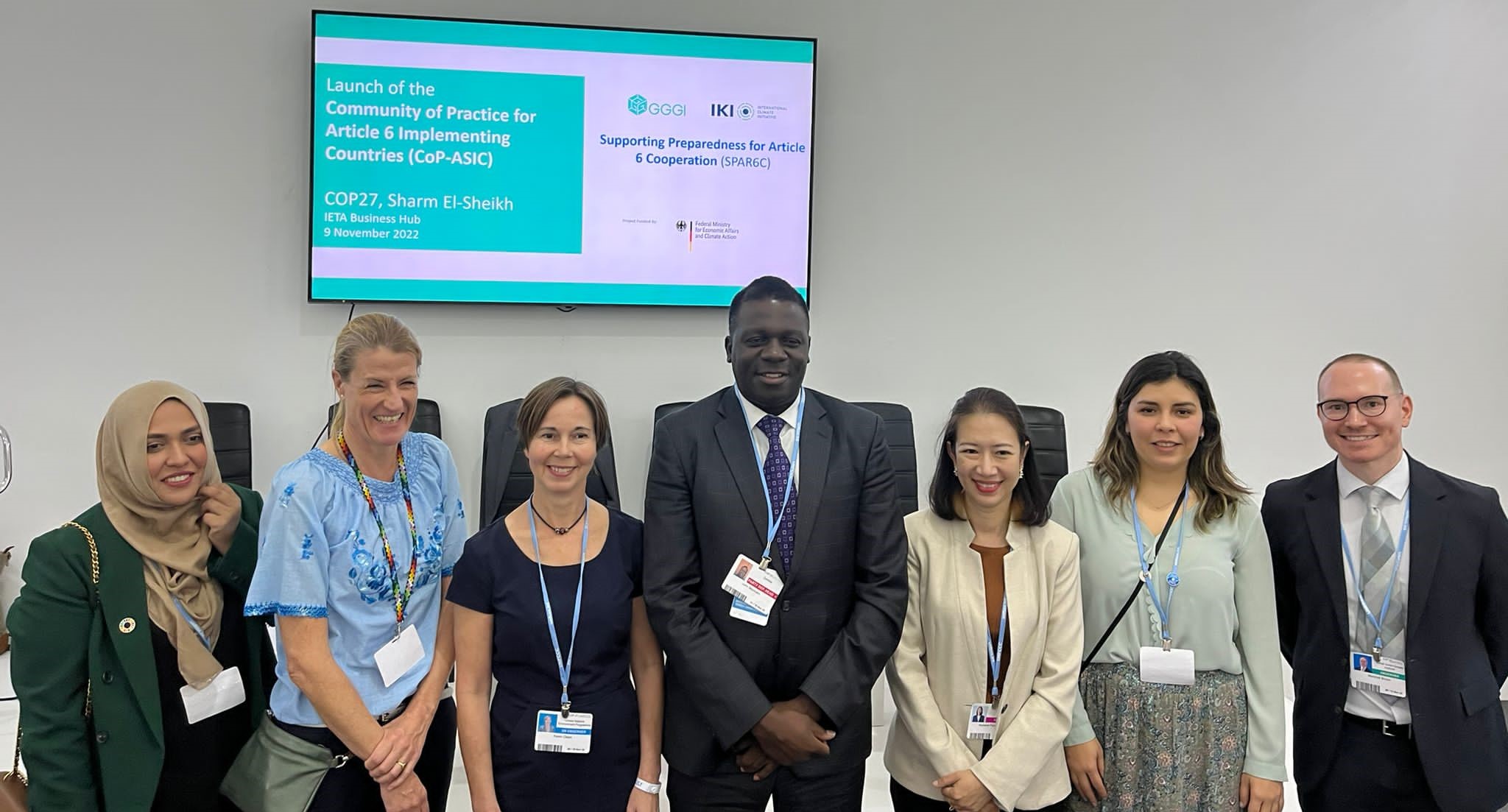Carbon markets under Article 6 of the Paris Agreement can help improve the cost-effectiveness of emissions reductions and achieve countries’ climate goals and commitments.
But how can the academic community help build the needed capacity for applied research to ensure the best outcomes?
In December, UNEP Copenhagen Climate Centre started an Article 6 “Road Show”, visiting countries in the Supporting Preparedness for Article 6 Cooperation (SPAR6C) project, to assist them in doing just that.
SPAR6C directly supports Colombia, Pakistan, Thailand and Zambia in building their capacity to use Article 6 to engage the private sector in their Nationally Determined Contribution (NDC) implementation and ambition raising. The goal is to enable cost-efficient, flexible, high integrity carbon markets with positive sustainability impacts.
The visit in Zambia marks the start of the SPAR6C Community of Practice for Article 6 Implementing Countries (CoP-ASIC). The CoP-ASIC is a platform for engaging representatives from academia, government, and the private sector in knowledge generation, sharing, and implementation across the SPAR6C participating countries.
Direct support to community and capacity building
The CoP-ASIC was launched at COP27 in Egypt in November of 2022. It revolves around annual workshops where participants discuss and share best practices. It also seeks to establish a presence in each of the participating countries, build capacity in the research community around carbon markets and pilot projects, and strengthen the cooperation between academia, government, and private sector.
Moreover, the CoP-ASIC intends to directly support graduate student researchers with technical expertise and funding, offer them the opportunity to attend the CoP-ASIC annual workshop, and then fund relevant internships for them upon graduation. This is part of the CoP-ASIC goal to further build local capacity for carbon market research and implementation.
Looking at local contexts and needs
Between 28 November and 2 December 2022, UNEP Copenhagen Climate Centre met academic staff at three universities in Zambia: The University of Zambia (UNZA) in Lusaka, Mulungushi University in Kabwe, and The Copperbelt University in Kitwe, meeting 17 academic staff members. Similar “road shows” to the other participating countries are currently being planned.
Historically, Zambia has been a net carbon sink, due to the large areas of forest land the relatively small economy and associated energy consumption. That is all changing, however, and in recent years, Zambia has been a net emitter of carbon. As Zambia develops, the next few years will be crucial in locking in pathways towards sustainable, climate friendly development. The Ministry of Green Economy recognizes this, as well as the need for capacity building, finance, and technology transfer. They also see a role for academic research to support their development priorities.
This context and perspective framed the discussions in Zambia. The purpose of the visit was to facilitate an open discussion with academic stakeholders about the local context and their specific needs and to moreover identify how the CoP-ASIC could be structured to address these needs and build capacity in the research community.
Addressing research challenges
At The Copperbelt University, researcher and lecturer Justine Ngoma explained how it can be a challenge to fund expensive scientific instruments, software, etc. in Zambia.
Nevertheless, Justine Ngoma and her team found ways to build their own measuring devices at little to no cost.
With her team, she has constructed a device using leftover plastic straps from packaging and a small spring attached around a growing tree. As the tree grows, the strap expands, stretching the spring, which can then be accurately measured. They have attached these to a plantation of fast-growing hardwoods and monitored the growth rate. This allowed them to calculate the species-specific carbon uptake from the trees over time, providing better estimates for the role of Zambian forests in carbon uptake. A side benefit of the makeshift equipment is that it can be safely used in the field with little risk of theft or vandalism.
Across campus, Laboratory Technician Paul Mumba runs the Plant Tissue Culture Laboratory at The Copperbelt University. There, he cultivates small seedlings in recycled pickle jars, allowing them to mature to the point where they can be transferred to field sites.
During the tour, we discussed the possibility of linking the projects: identifying species of fast-growing trees with high carbon uptakes, cultivating them in the Plant Tissue Culture Laboratory, then transferring to field sites as part of a carbon sequestration project.
This could be the type of project that could be of interest to the CoP-ASIC, and an example of a potential graduate student research project presented at the national CoP-ASIC meeting with other academics and government.
The final CoP-ASIC projects will be determined by the local supervisors and governments under the CoP-ASIC framework for topic areas.
Linking academia, private sector, and government
The road show was done in conjunction with a parallel mission by UNEP Copenhagen Climate Centre and GFA to meet with Zambian government and private sector stakeholders to develop a needs and readiness assessment and establish a list of potential pilot projects.
The list of potential projects covers a diverse set of sectors, from transport to power grids, to agriculture and forestry, to building codes. Aligned with this, the CoP-ASIC has been designed around a transdisciplinary approach.
Though the challenges faced by scientific researchers and students in the Zambian Universities are many, particularly around funding and materials, there is no shortage of passion for research- particularly research that can be used to promote a more climate friendly and sustainable future for Zambia.
The visit revealed, however, that there was a need for more cross disciplinary collaboration, more collaboration between the Universities in Zambia, and stronger link between academic research and the needs of the government, particularly the Ministry of Green Economy. The discussions with the academic researchers revolved around the possibility of setting up and supporting a flexible, national network of academic supervisors in Zambia, which could serve as a conduit between academia, the private sector, and government in the effort to promote a more sustainable future for Zambia.





